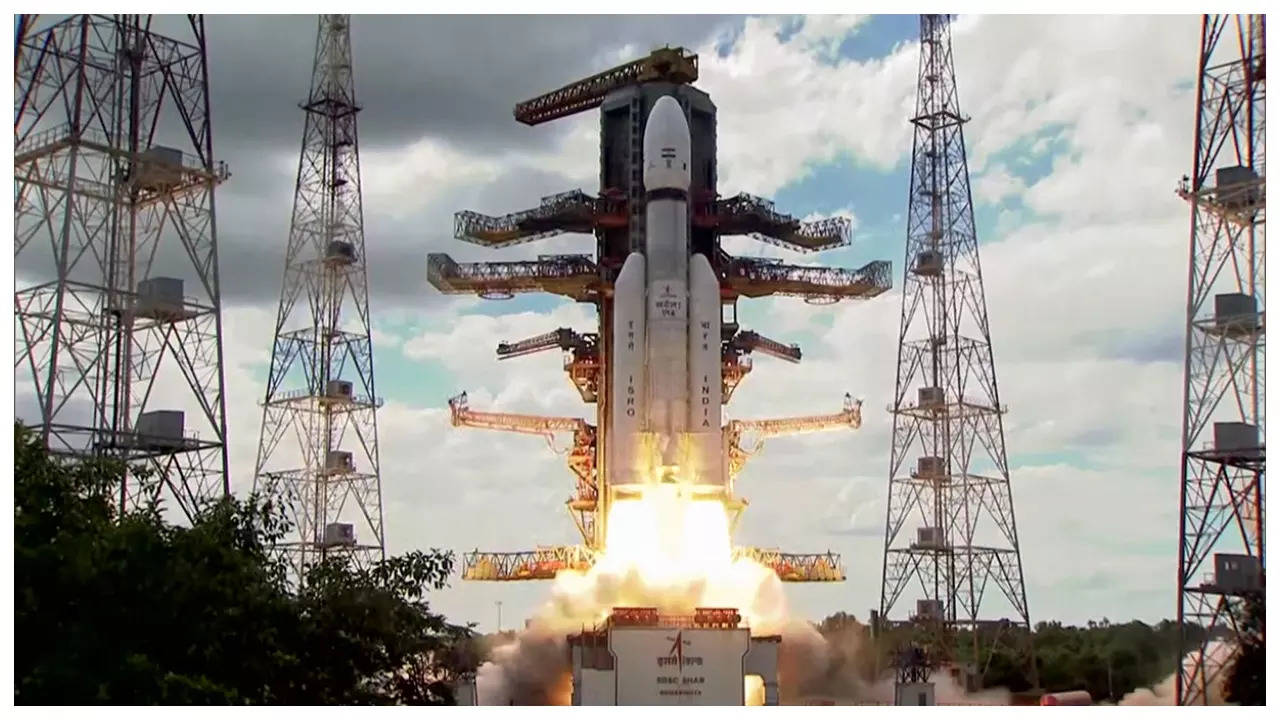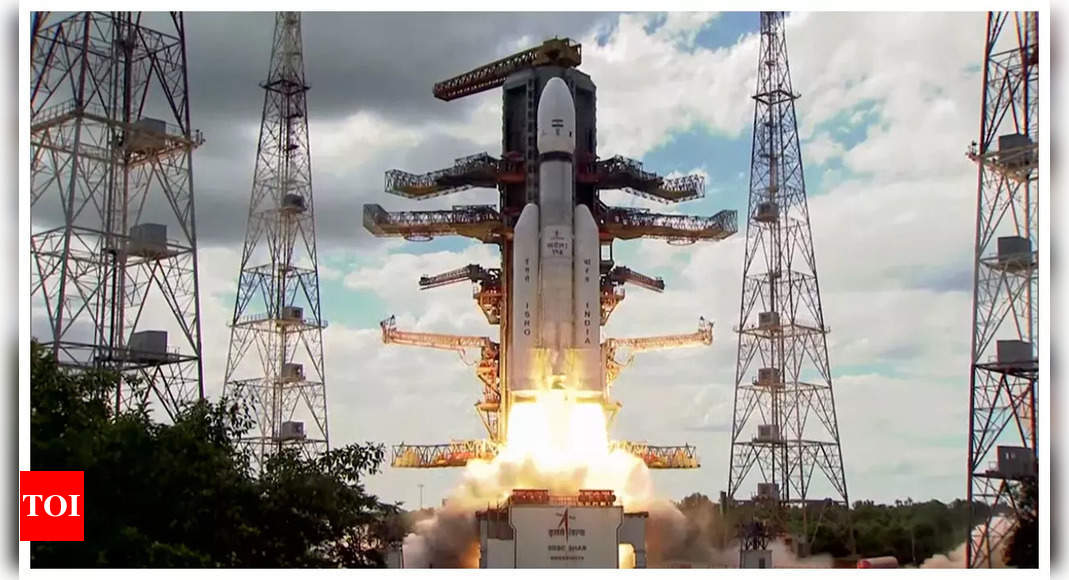
“Chandrayaan-3 completes its orbits around Earth and heads towards Moon.
Read Also
Isro scientists on Saturday completed the first Earth-bound manoeuvre to increase the altitude and took Chandrayaan-3 further away from Earth in its 3.8-lakh-km journey towards Moon. The operation, which was carried out to increase the spacecraft’s apogee (farthest point from Earth) began at around
In September 2019, crores of Indians and thousands of others from across the world following Chandrayaan-2, were left disappointed after Isro could not complete the landing mission successfully, even as its orbiter is still very much alive and sending data. In fact, it will be used as part of
The perfect launch of Chandrayaan-3 on Friday has come as a shot in the arm for Gaganyaan-1. For, a modified version of the same rocket — LVM-3 — will be used for India’s maiden manned mission. “LVM-3 has injected Chandrayaan-3 into the precise orbit, once again proving it is the most reliable
Chandrayaan-3’s picture-perfect launch takes India closer to its well-founded ambition of becoming a major player in future lunar missions of much bigger scope
Once it reaches the initial lunar orbit, expected on August 5, Isro will need to perform a series of manoeuvres to bring Chandrayaan-3 down to the desired 100km circular orbit. Initial estimates suggest that the space agency will perform at least four Moon-bound manoeuvres to achieve the circular orbit, although Isro is yet to officially comment on the matter.
The midnight TLI, which was carried out between 12am and 1am — Isro did not specify the exact timing of the manoeuvre — was planned to fire the onboard engine for 28-31 minutes. However, no information on how long the TLI operation went on for, has been made public yet.
Between the launch on July 14 and Tuesday, Isro had completed five Earth-bound manoeuvres (EBMs), beginning July 15. Four of them were to increase the altitude at the farthest point from Earth (apogee) and one, carried out on July 16, to increase the altitude at the nearest point (perigee).
As was the case with Chandrayaan-2, these manoeuvres were carried out to increase the altitude from the initial elliptical orbit the LVM-3 put the spacecraft on launch day. The first EBM (July 15) put the spacecraft in a 41,762km X 173km orbit, while the spacecraft’s altitude at apogee had breached the 1.2-lakh-km mark at the end of the last EBM on July 25.
As reported earlier by TOI, the TLI was expected to be attempted when Chandrayaan-3 was at perigee — the spacecraft was going around Earth in an elliptical orbit at a velocity ranging between 1km/second (apogee) and 10.3km/second (perigee) — so that maximum velocity is attained and direction can be controlled better.
Source link

